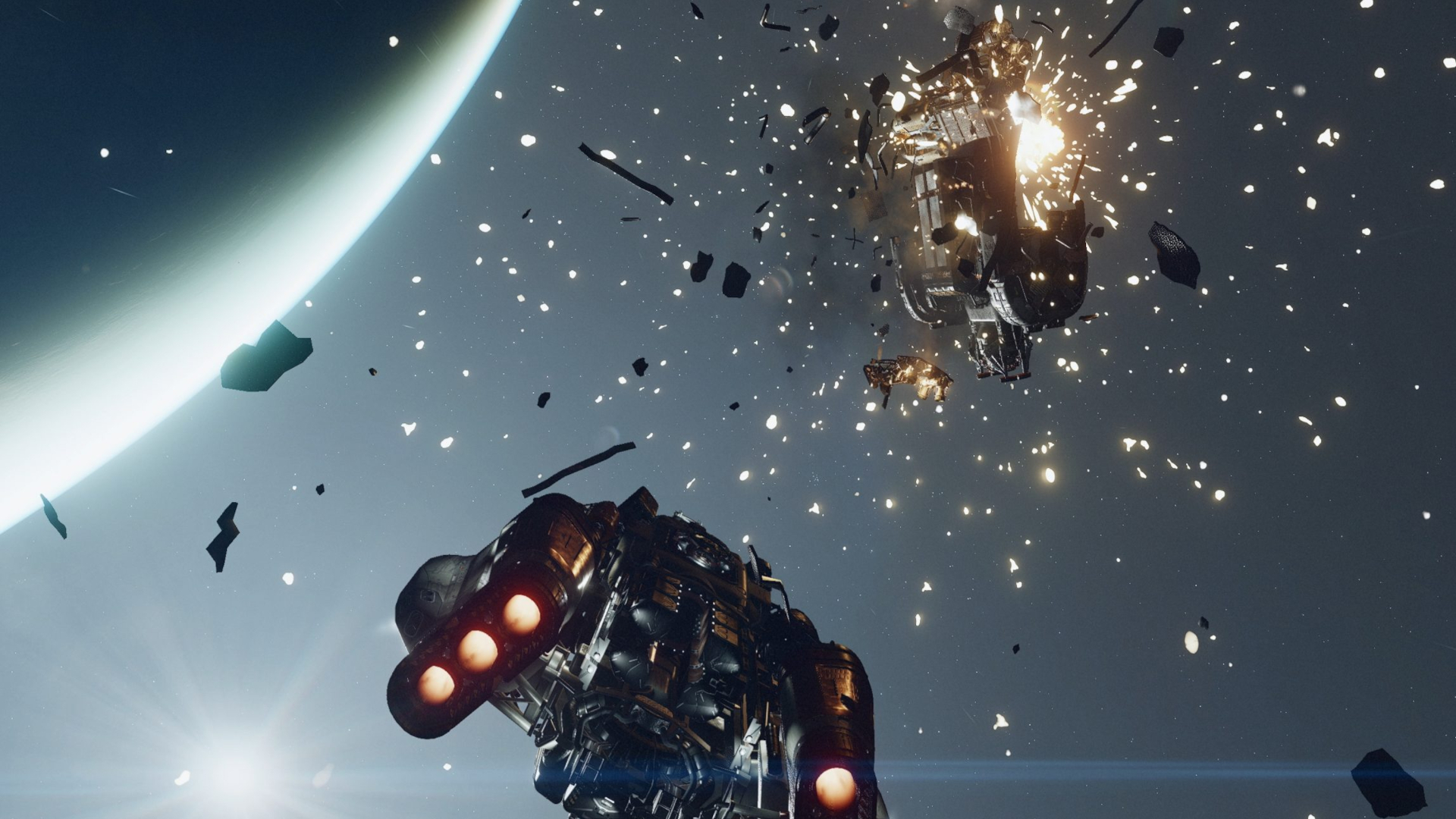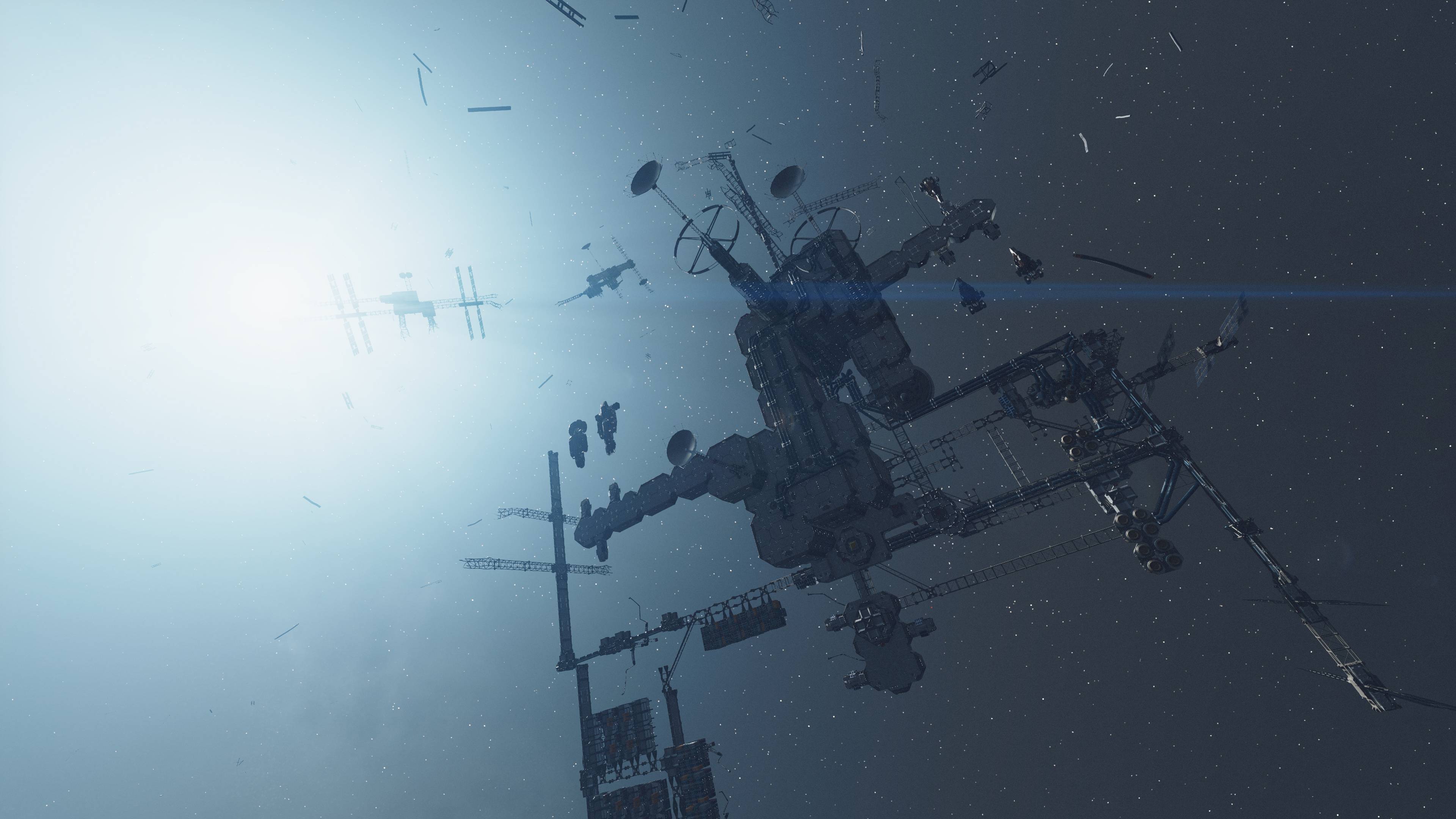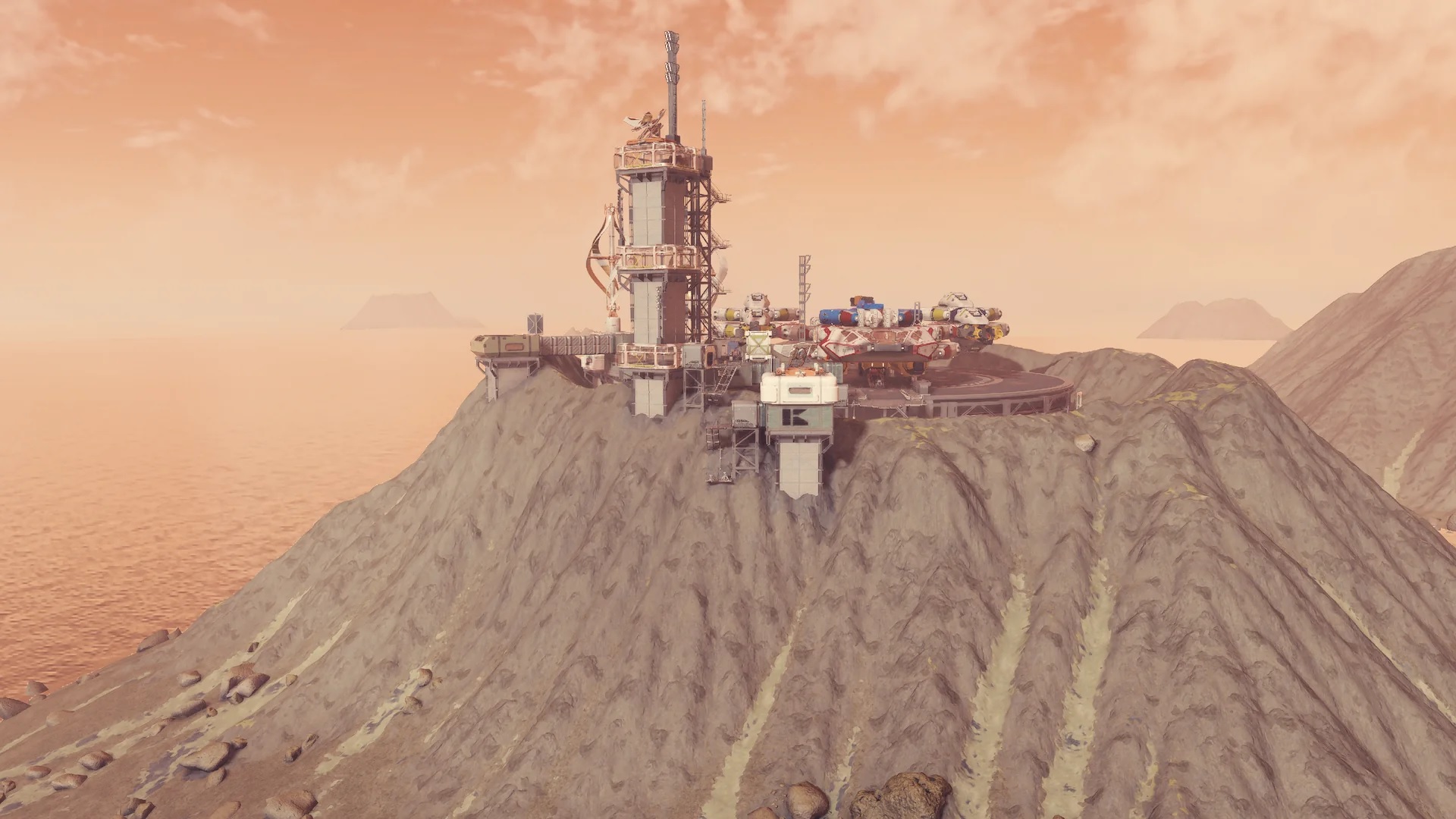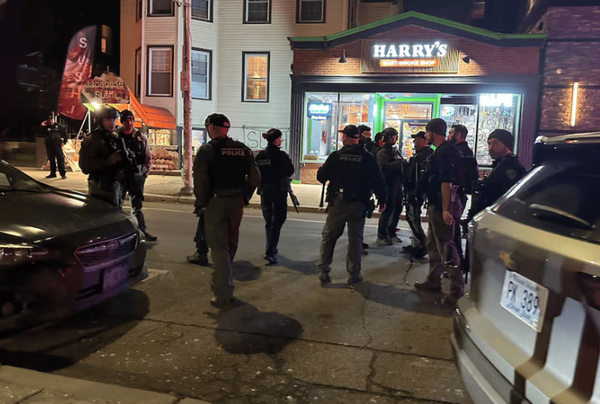
Starfield's action-packed ending came together in a last-minute scramble after the developers realized that the RPG was lacking a satisfying finale.
As you might be expecting, there will be some Starfield story spoilers just below, so proceed with caution if you haven't finished the game yet.

Starfield's ending is a dizzying dimension-hopping final battle that zips you around to locations from earlier in the game, and it follows several pretty epic space battles in and around the planet Masada 3, but originally it wasn't quite as exciting or even definitive.
Speaking at the Game Developers Conference in San Francisco recently (thanks, PC Gamer) as part of a larger talk reflecting on challenges and lessons from Bethesda's latest lengthy dev cycle, Starfield lead quest designer Will Shen, who's since left Bethesda, said the ending was conceived out of "necessity and urgency" after the entire game reached a playable state and the lead developers noticed it was lacking something.
"We were finally at a state in the project where we could play through the whole [game]. And it became very clear that we were missing the large final location that was going to tie the story together and have a satisfying action-filled payoff," Shen said. "I was both implementing the main quest and leading the quest design team, so I had absolutely no time. The entire quest design team was already overbooked."
If you're wondering exactly how an operation as complex and sophisticated as Bethesda Game Studios could essentially forget to add a proper ending until the last minute, well, according to Shen and former Fallout 76 lead level designer Daryl Brigner, who's also no longer at Bethesda, the sheer size of the 500-strong development team is partly to blame.

"It's more difficult than ever to know who does what, who you're supposed to report to," Brigner said, with Shen adding that a large, spread-out team can sometimes lead to a "silo effect" in which "every department is scrambling for resources and saying 'no' to collaboration requests." According to Shen, this had the "inadvertent consequence of favoring the department" over the game itself.
"Every request now has to go through all the producers because we needed to check all of the contingent work," Shen said. "Asking for something as simple as a chair wasn't so simple. Do you need animations for it? Do you need sound effects for it? How much does that add to the schedule, can it not fit because one of those teams does not have the time?"
Ultimately, Shen went to Starfield lead level designer Steve Cornett as a "panic button," and Cornett came up with the idea that players would hop dimensions and revisit locations instead of Bethesda designing whole new locations for the finale. It's an efficient use of the game's world and a memorably off-beat spin on Bethesda's usual formula, even if it does arguably leave a few story threads hanging, but I guess that's dimension-hopping for you.
Here are some Starfield tips to familiarize yourself with whether you're a seasoned space traveler or you're just blasting off.







